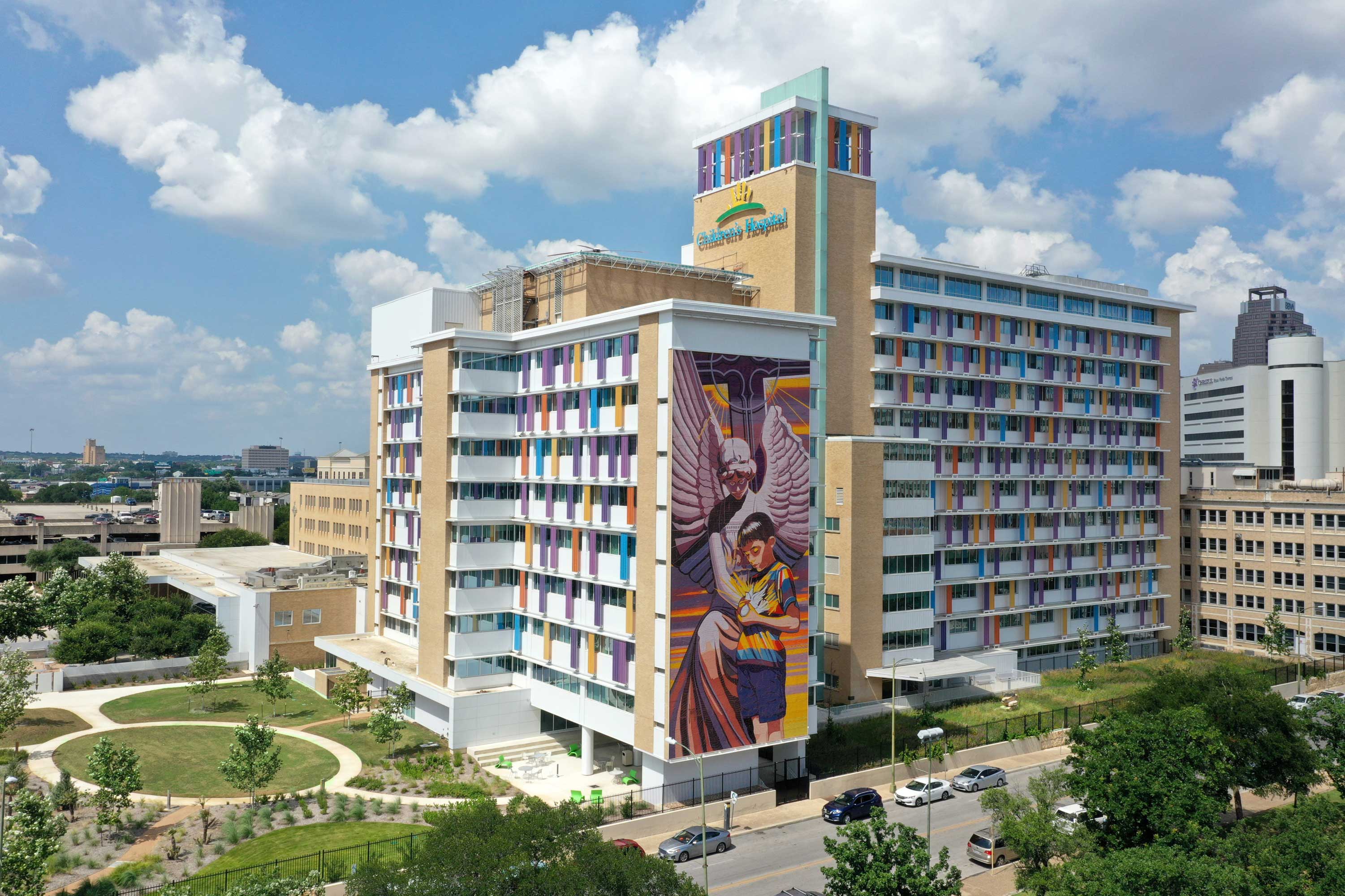Leukemia in Children
What is Leukemia?
Leukemia is cancer that affects the body’s blood-forming tissues, including the bone marrow and lymphatic system.
Leukemia is an abnormal production of immature white blood cells in the bone marrow or lymph nodes. These are responsible for fighting infection and other diseases.
These immature cells crowd out healthy red and white blood cells and platelets. In some cases, the white blood cell count may be very high, leading to leukocytosis.
Leukemia can lead to anemia, infection, bleeding problems, and other health issues.
What Causes Leukemia in Children?
The exact cause of leukemia in children is unknown. There are some known risk factors for developing the disease.
Risk Factors
Risk factors of Leukemia include genetic and environmental factors.
Genetic factors include having a family history of blood diseases, gene mutations, or changes that occur randomly during cell division.
Environmental factors include exposure to radiation or certain chemicals, tobacco smoke, and viruses.
Signs & Symptoms
Common signs and symptoms of leukemia in children include:
- Fatigue or tiredness
- Loss of appetite
- Unexplained weight loss
- Swollen lymph nodes that cause pain upon touch
- Abdominal pain
- Bone and joint pain
- Small red spots or bruises on their skin that don’t go away after a few days
- Frequent fever, night sweats, and infections
- Pale complexion due to low levels of red blood cells
If you notice any of these symptoms in your child it is important to contact a doctor right away. Early diagnosis and treatment are key to improving the changes of a successful outcome.
Diagnoses
A leukemia diagnosis begins with a physical exam and medical history review.
A doctor can order blood tests like a complete blood count (CBC) to check for abnormal levels of red or white blood cells or platelets.
A bone marrow aspiration and biopsy are additional tests that can confirm leukemia.
Imaging tests, such as X-rays or computerized tomography (CT) scans, may also be used to look for signs of an enlarged spleen or lymph nodes.
A chromosomal analysis can look for specific changes in chromosomes that can help identify the type of leukemia.
Genetic testing may also help diagnose Leukemia.
Treatment
The treatment of leukemia in children depends on the type, stage, and risk group of cancer. The main treatments include chemotherapy, radiation therapy, targeted therapy, and stem cell transplantation.
The goal of these treatments is to rid the body of cancer and prevent it from coming back.
Chemotherapy is a drug treatment that uses powerful drugs to kill cancer cells or stop them from growing.
Radiation therapy uses high doses of radiation to destroy cancer cells and shrink tumors.
Targeted therapy is a newer type of treatment that uses drugs to attack specific genes, proteins, or tissue environments that are involved in cancer growth and survival.
A stem cell transplant replaced the bone marrow cells in a person whose bone marrow is destroyed by chemotherapy or radiation.
CHRISTUS Children's Cancer & Blood Disorders Clinic
At CHRISTUS Children’s Cancer and Blood Disorders Clinic, we’re dedicated to providing compassionate care, focusing on your child’s physical and mental well-being at every step.
CHRISTUS Children’s
CHRISTUS Children's specializes in pediatric care and cares for infants, children, and adolescents with special medical needs. Children’s provides comprehensive, coordinated care for children from birth to age 18.

